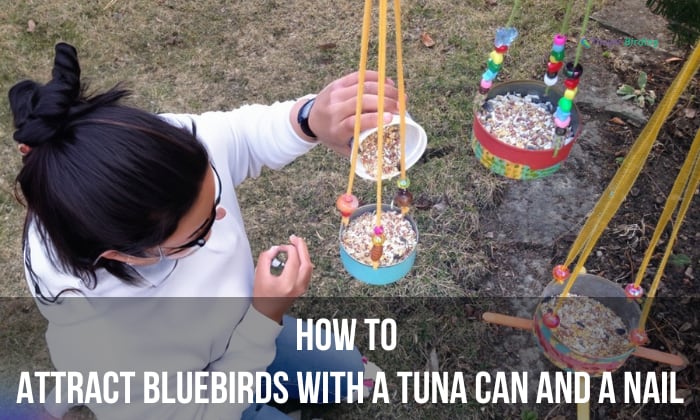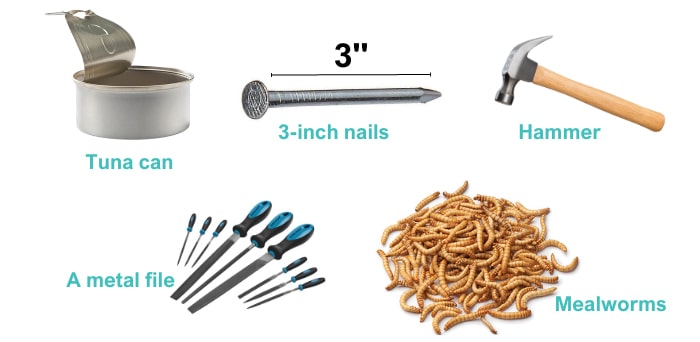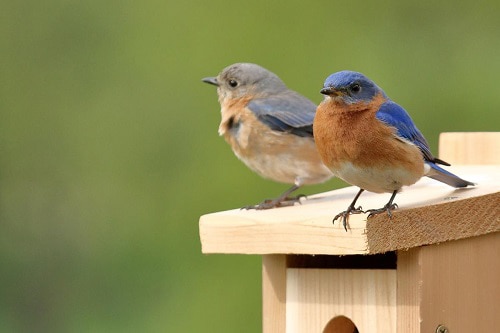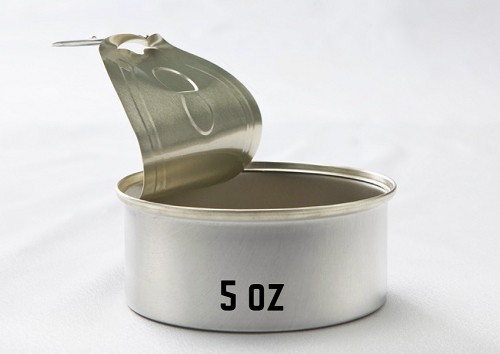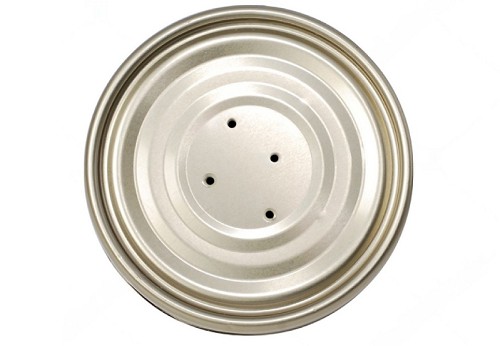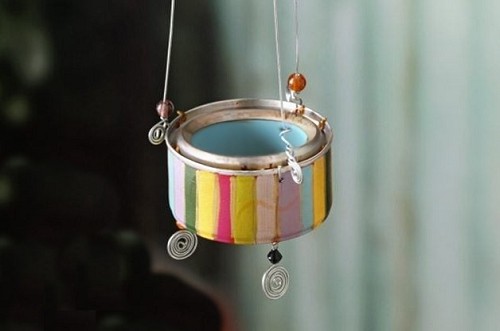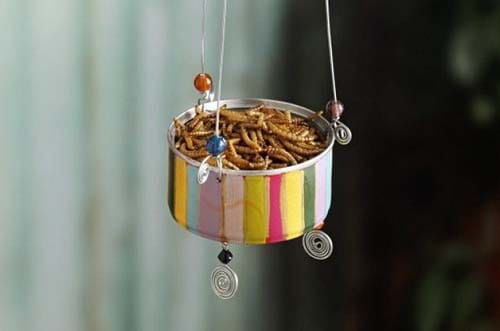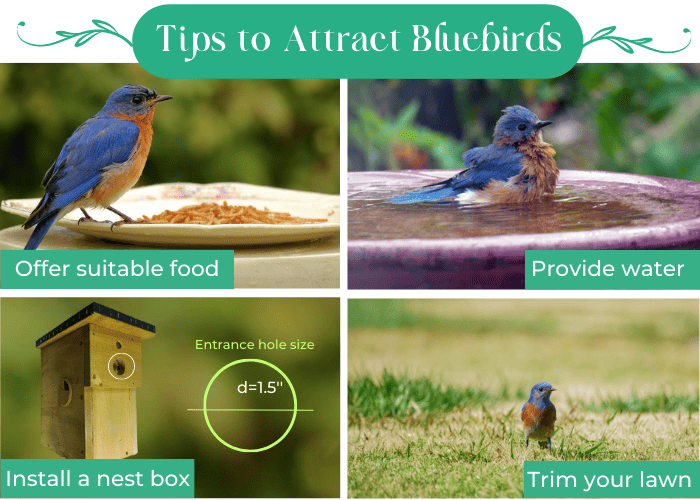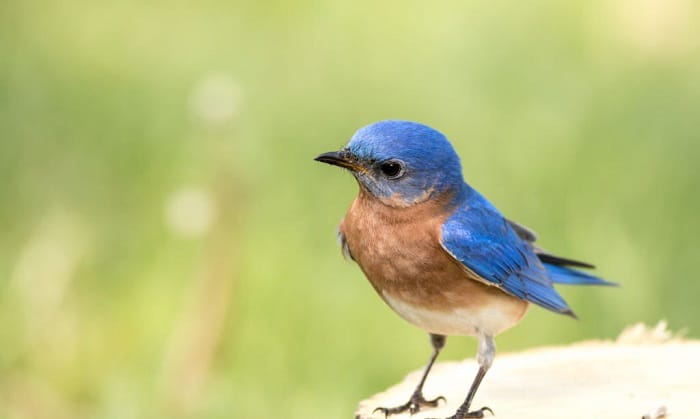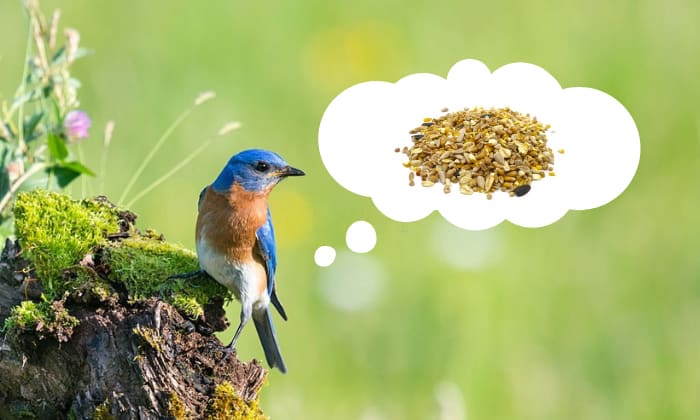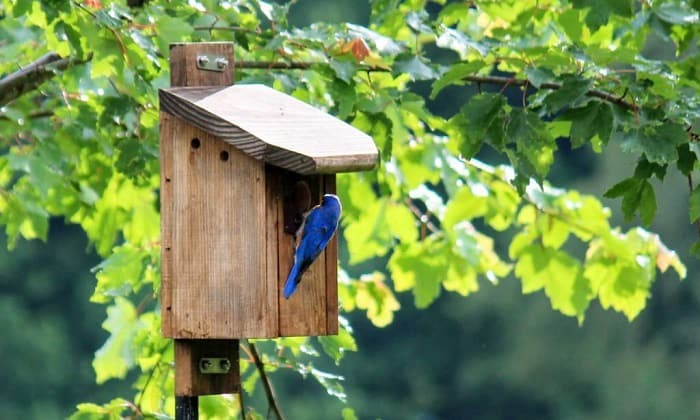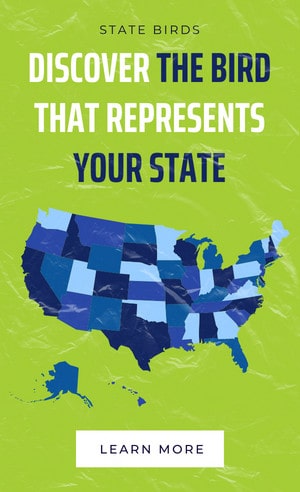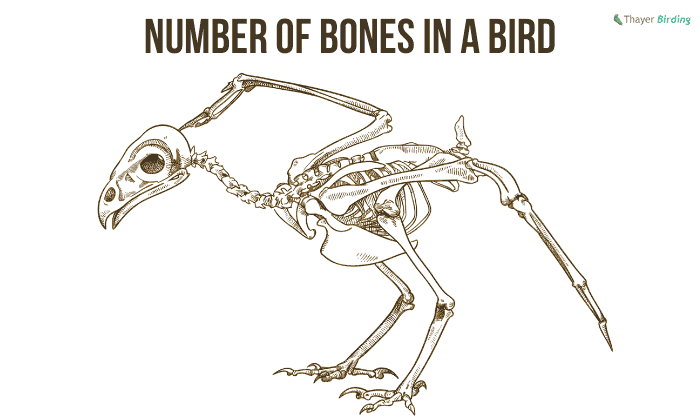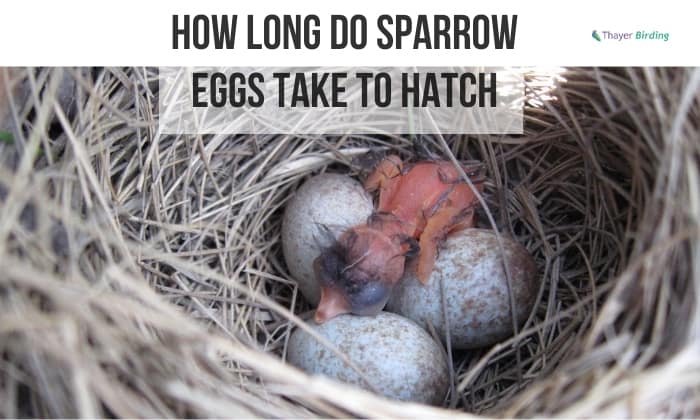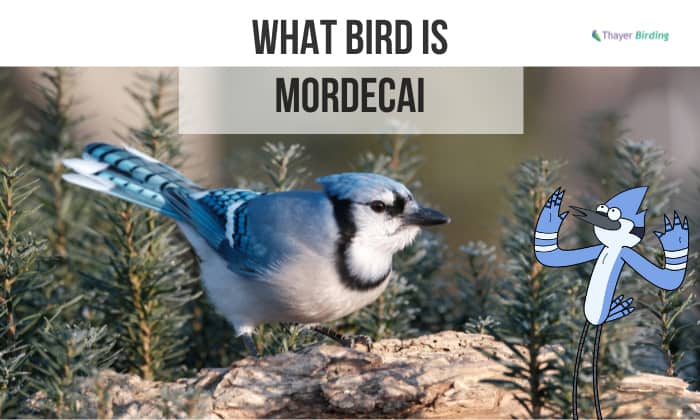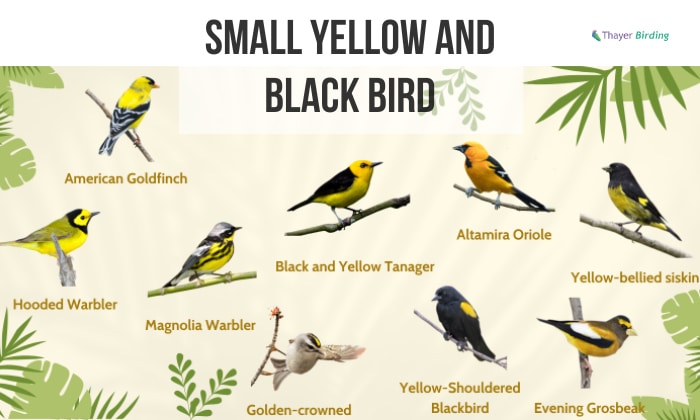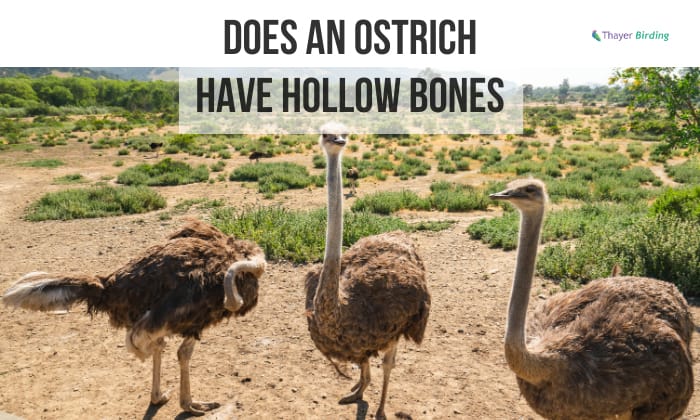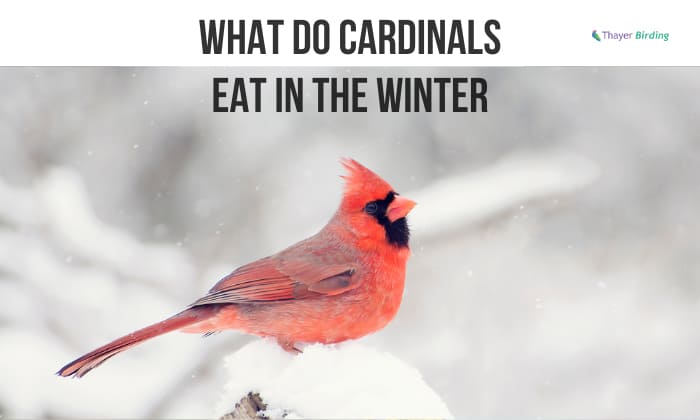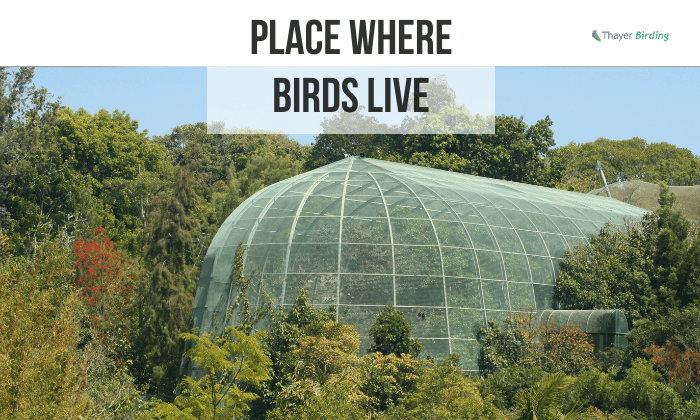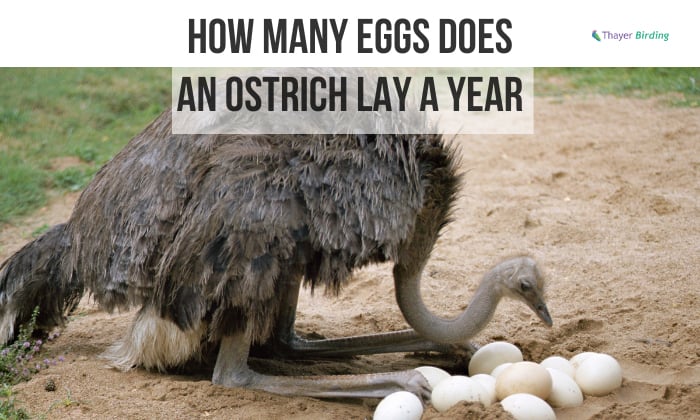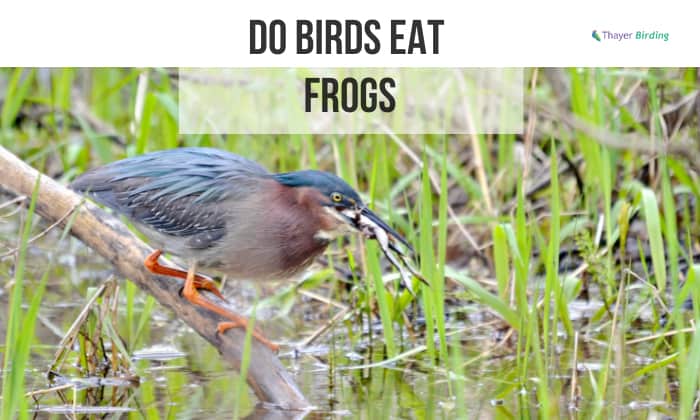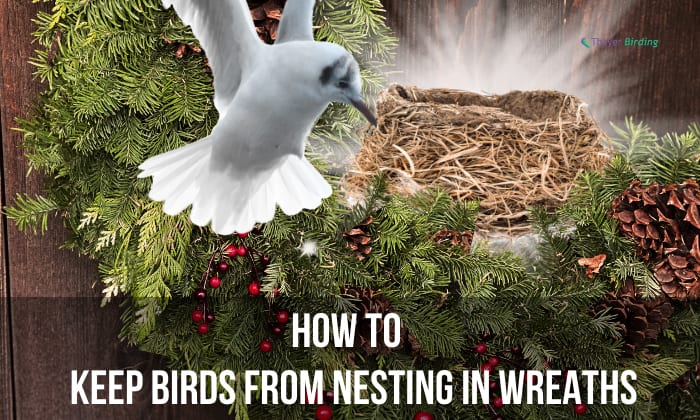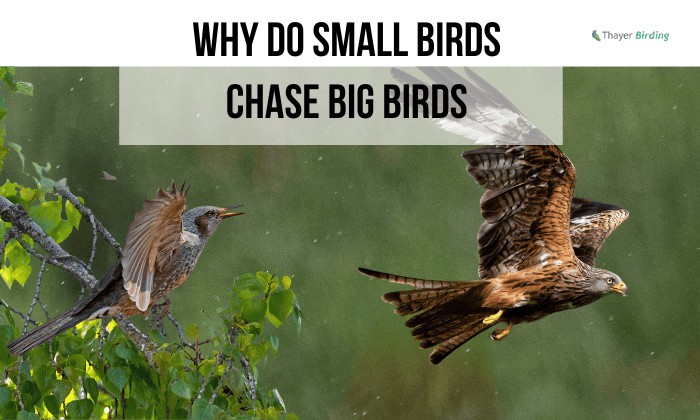Bluebirds are not only beautiful to behold but also beneficial for your garden, as they help control pests like insects. If you’re interested in attracting these vibrant creatures to your backyard, you’ll be surprised to learn that a simple combination of household items can work wonders.
This step-by-step guide will show you how to attract bluebirds with a tuna can and a nail. You can easily lure these insectivores to your yard if you set this up strategically and fill it with treats such as mealworms. Read on to find out how to do this at home.
Table of Contents
Step-by-step to Attract Bluebirds With a Tuna Can and a Nail
What to prepare
- Tuna can or cat food can
- 3-inch nails (or 3M adhesive strips)
- Hammer
- Protective gloves (optional)
- A metal file
- Birdseed or mealworms (optional, for filling the DIY bluebird feeder)
Step 1: Look for a Suitable Location
First, pick a suitable area for installation, such as a tree branch, a fence post, or a sturdy wooden column. The location should be in an open space so bluebirds can find it easily. It’s also important to make sure the structure is strong and sturdy before nailing your DIY mealworm feeder in place.
If you also have a bluebird nestbox and want to attract bluebirds to a feeder, place them at a distance of around 25 to 100 feet away from one another.
Step 2: Prepare the Tuna Can
If you plan to add mealworms to the tuna can, pick one with a smooth interior so mealworms can’t crawl out of it. At the same time, the can should be short enough so bluebirds can reach inside easily—a standard 5 oz tuna or cat food can would suffice.
- Pry open the can; be careful not to cut yourself. As an alternative, you can put on protective gloves to avoid any sharp edges.
- Should the food container have any sharp edges that can harm the bird, smooth them with a file.
- Empty and thoroughly clean the tuna can with warm soapy water to remove any residual odor or contaminants.
- Rinse until the can doesn’t smell of soap anymore.
- Leave the food container to air dry.
Step 3: Create Drainage Holes and Paint or Decorate the Cans
- Use a hammer and a nail to create three or four small drainage holes in the bottom of the tuna can. These holes will prevent rainwater from collecting inside and ensure the feeder remains dry.
You can also use a drill to make these holes.
- If you want the can to look more eye-catching, you can paint it with whatever colors or designs you like. That said, shades of blues are more likely to successfully attract bluebirds to a feeder
Step 4: Nail the can to your selected location
- Hold the tuna can firmly against the chosen surface, and carefully hammer the nail through the back of the can to attach it securely.
- Ensure the nail penetrates both the can and the surface, providing stability. Try nudging the can to see if it budges, in which case you’ll need to hammer another nail.
If nailing the food container is not an option, you can use a 3M adhesive strip to hold it in place—just make sure the tape doesn’t cover the drainage holes you’ve just prepared.
Step 5: Fill the Homemade Bluebird Mealworm Feeder
It is important to know what food attracts bluebirds, so if you want to entice bluebirds with a tasty treat, fill the tuna can feeder with their favorite treat—mealworms. You can purchase these at pet stores or online.
During colder months, consider giving them supplemental feeding with nutritious foods, such as berries, fruits, suet, and sunflower hearts.
Do take note that putting out mealworms doesn’t necessarily mean that bluebirds will come to your yard; sometimes, it’s just a matter of chance or luck. Attracting them may be more effective if you already have a bluebird nestbox.
Other Tips to Attract Bluebirds
- Offer suitable food. Bluebirds primarily feed on mealworms, insects, and berries. Encourage insect populations by avoiding pesticides and herbicides in your garden. Additionally, planting native berry-producing shrubs can provide a natural food source for these lovely bluebirds.
- Provide water. Bluebirds require fresh water for drinking and bathing. Install a birdbath with clean water in your garden. Make sure to change the water often to prevent the buildup of algae or mosquito larvae.
- Trim your lawn. Make sure the grass is short, especially during bluebird seasons such as early spring and late fall; this will help them find and catch insects for their meals.
- Install a nest box. Bluebirds are cavity nesters, so providing nestboxes can be highly effective. Use a specifically designed bluebird house with the appropriate dimensions and entrance hole size (1.5 inches or 3.8 cm in diameter) to deter large birds.Position the nest box around 4 to 7 feet (1.2 to 2.1 meters) off the ground, facing an open area. Make sure the site doesn’t have wild animals that might threaten the birds.
Why Attract Bluebirds to Your Backyard?
1. Natural Pest Control
Bluebirds are insectivores, meaning they primarily feed on insects and small invertebrates. They help naturally reduce the population of garden pests like beetles, caterpillars, grasshoppers, and other harmful insects that can damage your plants.
2. Song and entertainment
Bluebirds are not just visually appealing; they also have beautiful songs. Their cheerful and sweet warbles can bring a delightful ambiance to your backyard, especially during summer.
3. Natural beauty
Bluebirds are known for their vibrant blue feathers, which add a splash of color and natural beauty to your backyard. Watching these stunning birds can be a visual delight and enhance the overall aesthetics of your outdoor space.
Tips for Successful Bluebird Feeding
Timing: In winter and early spring, bluebirds’ natural food sources become scarce. As such, feeders with plenty of food during these months would have a higher chance of attracting bluebirds.
Ideally, set up the feeders a few weeks before winter arrives to allow bluebirds to discover and become accustomed to the new food source.
- Feeder Placement: It’s best to position the feeder high enough above the ground to discourage predators such as cats. And as mentioned above, attracting bluebirds to your garden will be more effective if you already have a nestbox 25 to 100 feet away from the feeder.
As such, I’d begin with setting up the nestbox and wait for the birds to check out the structure first. Then, I’d bring out mealworms on a shallow dish or a tuna can to entice them.
- Food Type And Amount: In the beginning, it’s best to refrain from feeding them homemade food. Mealworms are always a safer bet when it comes to attracting bluebirds’ attention. Only when these birds start to visit your yard regularly should you implement other homemade treats.
It’s also advisable that you feed them a small portion when first starting out and increase the food amount later on. This helps minimize the chances of attracting other birds that may chase away bluebirds.
Frequently Asked Questions
What is a bluebird’s favorite food?
Bluebirds are, by nature, insectivores. They like eating beetles, ants, crickets, and grasshoppers. They also like berries, fruits, and suet.
You can also enrich the bird’s diet with homemade bluebird food. Mix peanut butter, corn syrup, bacon crease, and oatmeal in a 1:1:1:5 ratio. Then, put the mixture into a suet feeder.
How do I know if the bluebirds are eating from the feeder?
When you attract bluebirds to mealworms and you see them visiting and eating your treats, that’s the only way you will know that they are eating from your feeder. If you don’t monitor your feeder, other birds could be eating the treats that you laid out for them, such as sparrows and robins.
How often should I clean the feeder?
It is important to keep your feeders clean to prevent birds from getting sick and spreading diseases to their flock. It is recommended to clean bird feeders at least once every 2 weeks or as often as necessary when more birds are using it.
Conclusion
Creating a bluebird feeder with a tuna can and a nail is a simple yet effective way to attract these beautiful birds to your backyard. By following the steps outlined in this guide, you can provide them with a safe and inviting feeding station. This is easy-peasy to do because the necessary materials may already be available in your household.
Enjoy the vibrant colors and melodious songs of bluebirds as they grace your garden with their presence now that you know how to attract bluebirds with a tuna can and a nail.

George and I became friends after a birdwatching trip with our new group. And we have been enjoying every adventure together. When he told me the idea of establishing a site that shares our experiences and fun, I immediately agreed. After trials and errors, here we have Thayerbirding.


